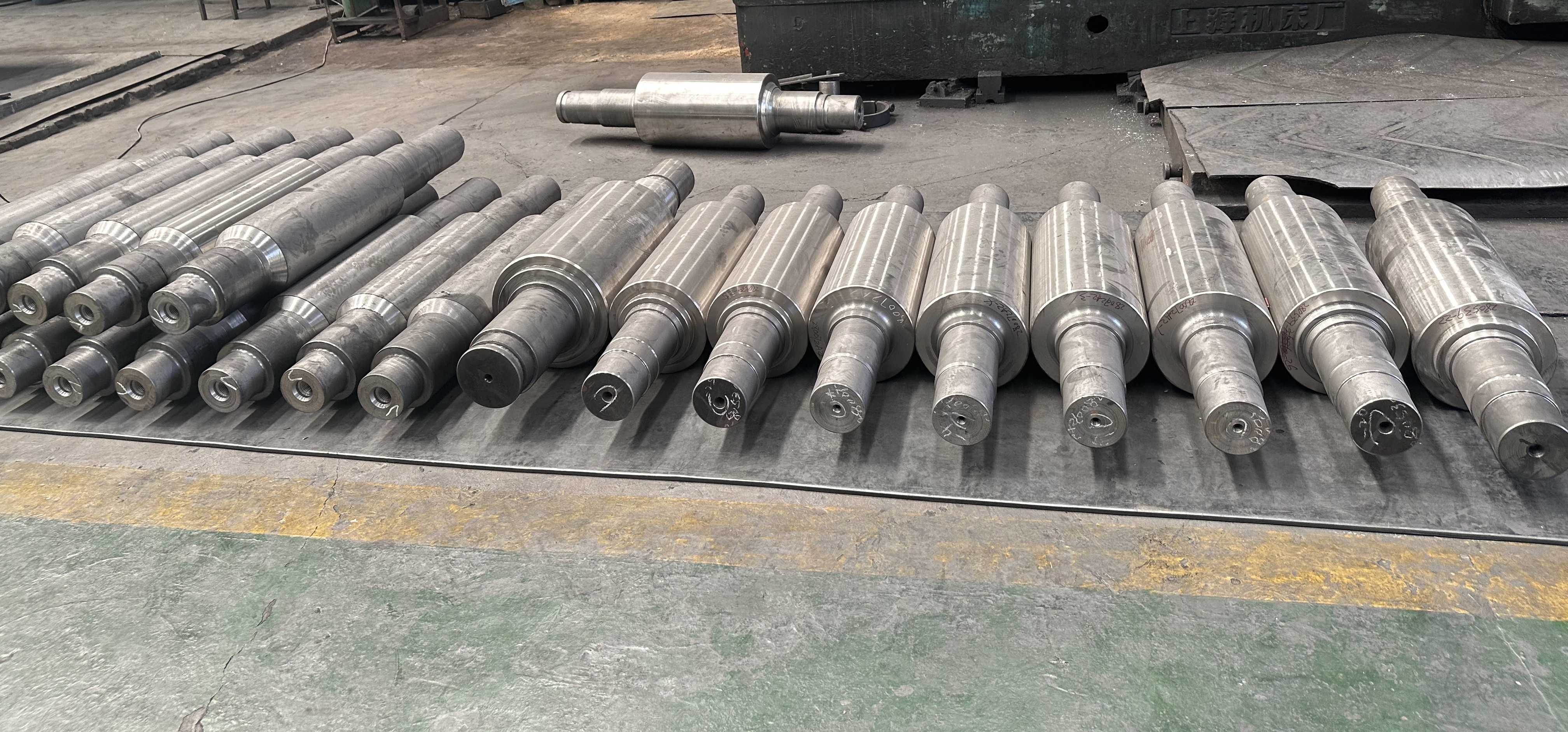Roll Casting Moulds: How Structure, Use, and Size Shape Their Design (III)

In the last two articles we already talked about the structure and the use of rolls. At the last, we talk about size.
Part 3: Size Isn’t Everything—but It Changes a Lot
Finally, size plays a crucial role. A wire roll with a diameter of less than 300mm and a thick plate roll exceeding 1m in diameter cannot utilize the same mould. Here's the rationale behind this:
Large rolls (e.g., wide and thick plate backup rolls) are heavy-duty. Their moulds:
- Use extra-strong resin sand in thick steel boxes (≥50mm walls) to avoid bulging under the weight of all that molten metal. The sand itself is super tough (strength ≥2MPa).
- Pour metal through multiple gates (like filling a big bucket from several spouts) to ensure even flow. Cooling takes days (72+ hours for steel) to prevent cracks in the thick metal.
Small rolls (like those in wire mills) are all about efficiency. Their moulds:
- Use simple green sand (clay + sand + water) that can be reused quickly. Moulds are stacked like pancakes to cast multiple rolls at once—perfect for mass production.
- Have tiny, precise alignment pins (error ≤0.1mm) to keep the roll from coming out lopsided.
Big rolls need moulds that can handle the heft, while small ones need speed and precision.
Wrapping Up
Roll casting moulds are engineered with precision, meticulously designed in accordance with the roll's structural requirements, functional specifications, and dimensional parameters. From traditional sand moulds utilized for solid roll production, to advanced centrifugal casting moulds for composite materials, and highly specialized moulds for complex geometries, each is crafted to transform molten metal into a critical industrial tool, facilitating the manufacturing processes that shape modern society.
Roll Casting Moulds play a crucial role in various industrial processes. Their design is intricately shaped by structure, usage patterns, and size requirements, which will be explored in detail.
Post time: Aug-13-2025